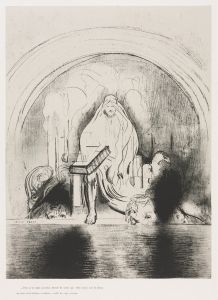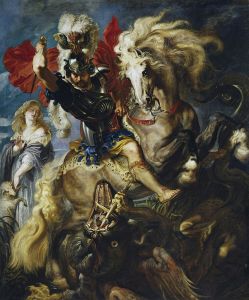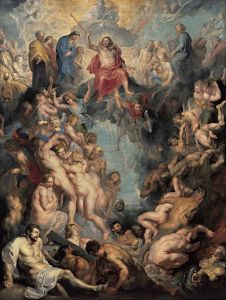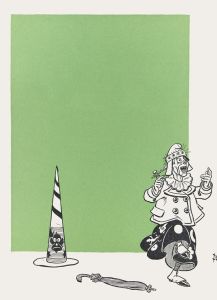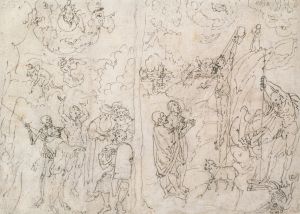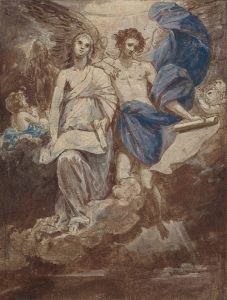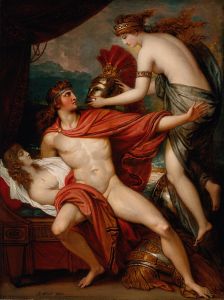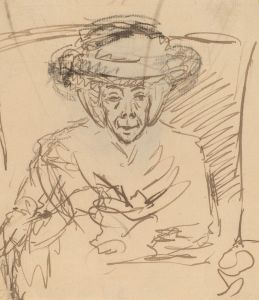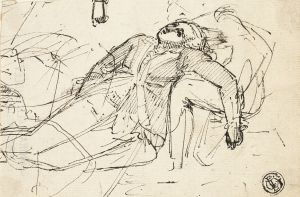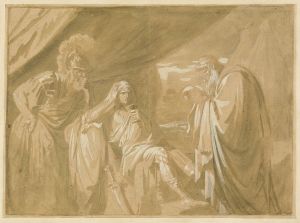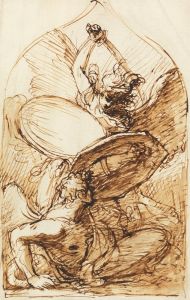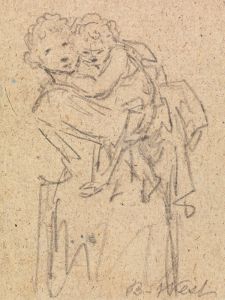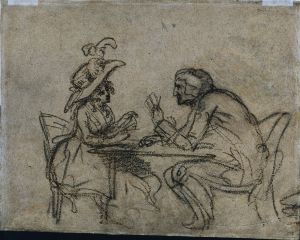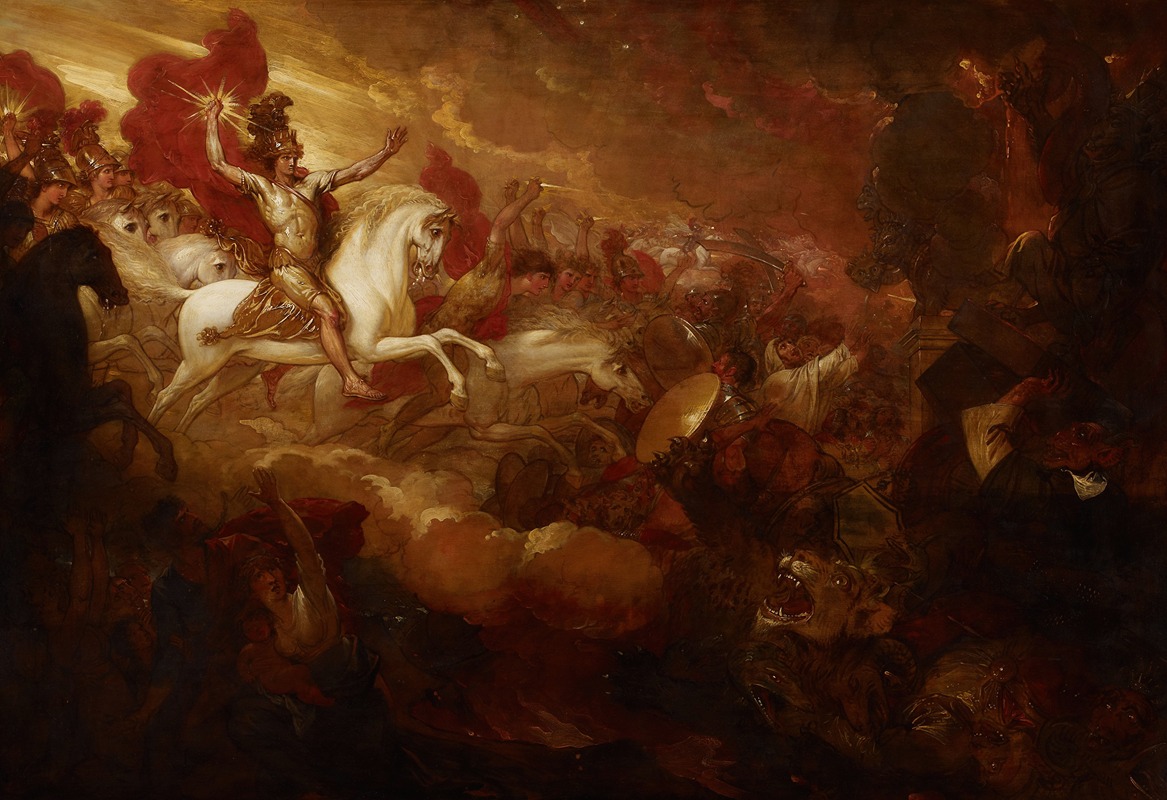
Destruction of the Beast and the False Prophet
A hand-painted replica of Benjamin West’s masterpiece Destruction of the Beast and the False Prophet, meticulously crafted by professional artists to capture the true essence of the original. Each piece is created with museum-quality canvas and rare mineral pigments, carefully painted by experienced artists with delicate brushstrokes and rich, layered colors to perfectly recreate the texture of the original artwork. Unlike machine-printed reproductions, this hand-painted version brings the painting to life, infused with the artist’s emotions and skill in every stroke. Whether for personal collection or home decoration, it instantly elevates the artistic atmosphere of any space.
"Destruction of the Beast and the False Prophet" is a painting by Benjamin West, an Anglo-American artist known for his historical and religious works. West was born in 1738 in Pennsylvania, and he later moved to England, where he became the second president of the Royal Academy. His works often depicted grand historical and biblical scenes, and he was a prominent figure in the development of history painting during the 18th century.
The painting "Destruction of the Beast and the False Prophet" is based on a passage from the Book of Revelation in the New Testament of the Bible. This book, also known as the Apocalypse of John, is the final book of the Christian Bible and is known for its vivid imagery and prophetic visions. The specific scene depicted by West is derived from Revelation 19:19-20, which describes the defeat of the Beast and the False Prophet by divine forces.
In the painting, West captures the dramatic moment of the Beast and the False Prophet's downfall. The composition is dynamic, with a strong sense of movement and energy, typical of West's style. The figures are rendered with attention to detail, and the use of light and shadow adds to the dramatic effect of the scene. West's ability to convey complex narratives through his art is evident in this work, as he brings to life the apocalyptic vision described in the biblical text.
West's painting reflects the 18th-century interest in biblical themes and the moral and spiritual lessons they convey. During this period, artists often turned to religious subjects to explore themes of good versus evil, divine justice, and redemption. West, with his background and training, was well-suited to interpret these themes through his art.
The painting is also an example of West's skill in combining elements of neoclassicism with the emotional intensity of the Baroque style. His use of composition, color, and form demonstrates his mastery of these artistic traditions, while also contributing to the evolving style of history painting during his time.
"Destruction of the Beast and the False Prophet" is part of West's broader body of work that includes other significant religious and historical paintings. His contributions to art were recognized during his lifetime, and he was a key figure in the establishment of the Royal Academy in London. West's influence extended beyond his own works, as he mentored and inspired a generation of artists who followed in his footsteps.
Today, Benjamin West is remembered as a pioneering artist who helped shape the course of Western art. His paintings, including "Destruction of the Beast and the False Prophet," continue to be studied and appreciated for their historical significance and artistic merit. The painting remains an important example of West's ability to interpret and depict complex biblical narratives, reflecting both his artistic skill and his engagement with the religious and cultural themes of his time.






